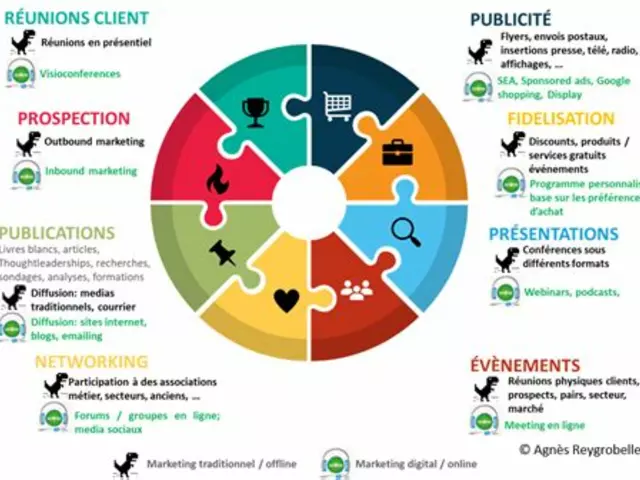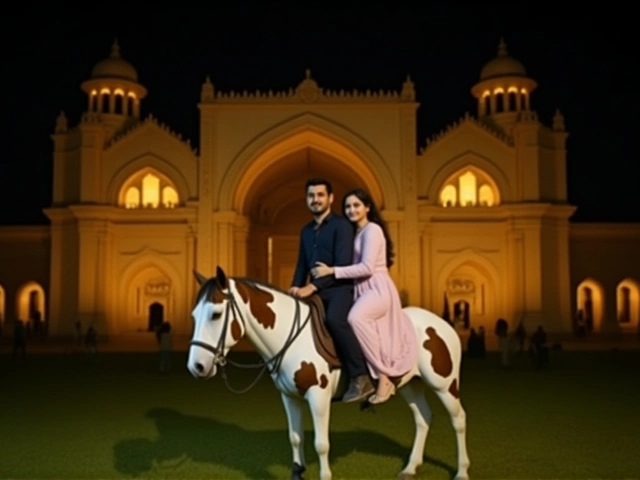At 3:34 AM UTC on Wednesday, November 19, 2025, Narendra Modi quietly authorized the 21st installment of the Pradhan Mantri Kisan Samman Nidhi (PM-Kisan) scheme — a ₹18,000 crore lifeline flowing directly into the bank accounts of nearly nine crore Indian farmers. The announcement came moments after Modi inaugurated the South India Natural Farming Summit 2025Coimbatore in Tamil Nadu, underscoring the government’s push to tie financial aid with sustainable agriculture. Within hours, farmers from Rajasthan to Uttar Pradesh began seeing ₹2,000 credits appear in their accounts — the third and final tranche of their annual ₹6,000 support. For many, this isn’t just money. It’s seed, medicine, school fees, and a breath of air between harvests.
Who Gets What — And Why It Matters
Uttar Pradesh led the pack with ₹4,314.26 crore going to 2.15 crore families, the highest in the country’s history for a single installment. But the real story lies in Rajasthan, where ₹1,332 crore reached 66.62 lakh farmers. That’s not just a number — it’s the equivalent of ₹2,000 for every eligible household in a state where nearly 70% of rural families depend on farming. Chief Minister Bhajanlal Sharma presided over the state’s rollout at the State Institute of Agriculture Management in Durgapura, Jaipur, while district-level ceremonies unfolded simultaneously across all 33 districts. The timing was no accident. With monsoon rains still uncertain and input costs rising, this cash drop arrives just as farmers prepare for rabi sowing.
The Numbers Behind the Relief
Since its launch on February 24, 2019, the PM-Kisan scheme has disbursed ₹3.70 lakh crore to over 11 crore farmer families nationwide. Rajasthan alone has received ₹25,142 crore across 20 prior installments — more than any other state outside Uttar Pradesh and Maharashtra. Each beneficiary receives ₹6,000 per year, split into three equal installments of ₹2,000, deposited directly into Aadhaar-linked bank accounts via Direct Benefit Transfer (DBT). The system is designed to cut out middlemen, reduce corruption, and ensure speed. The Department of Agriculture and Farmers Welfare confirmed that all ₹18,000 crore would be credited within 24 to 48 hours — a logistical feat that would have been unthinkable a decade ago.
Eligibility Isn’t Automatic — and That’s the Catch
Here’s the twist: not every farmer gets this money. To qualify, families must have land records verified on the pmkisan.gov.in portal, their bank accounts linked to Aadhaar, and — critically — completed eKYC verification. That means either an OTP sent to a registered mobile number, biometric authentication, or facial recognition via a Common Service Centre. The government is clear: ‘eKYC is mandatory.’ Thousands of farmers in remote villages, especially in Rajasthan and Bihar, still haven’t completed this step. Without it, their money stays locked. The helpdesk at 155155 or 1800115515 is flooded with calls. Many farmers don’t know their application ID. Others can’t access smartphones. The system works brilliantly — for those who can navigate it.
Rajasthan’s Double Support System
What makes Rajasthan unique is its state-level supplement: the Mukhyamantri Kisan Samman Nidhi Yojana. Launched in 2022, it adds ₹3,000 annually on top of the central ₹6,000. As of November 20, 2025, ₹2,073 crore has already been distributed under this scheme. That’s ₹9,000 total per eligible family — one of the highest combined state and central packages in India. It’s a political signal, yes. But for farmers in Jodhpur or Bikaner, it’s the difference between sending a child to school or pulling them out to work in the fields.
Who’s Left Out — And Why
The scheme explicitly excludes institutional landholders, government employees, and taxpayers earning above the threshold. But it also leaves out sharecroppers, tenant farmers, and landless laborers — who make up nearly 40% of India’s agricultural workforce. In Rajasthan, where nearly 30% of cultivators don’t own land, this gap is stark. Critics argue the program is more about political visibility than structural reform. Yet for the 9 crore families who receive it, the impact is immediate. A farmer in Sikar told reporters, “This ₹2,000 bought my son’s textbooks and my wife’s insulin. I didn’t have to sell the buffalo.”
What’s Next?
The 22nd installment is expected around February 2026, ahead of the kharif season. The government has hinted at expanding eKYC access via mobile vans in remote blocks. Meanwhile, the Department of Agriculture and Farmers Welfare is testing AI-driven fraud detection to prevent duplicate registrations. Punjab, Haryana, and Jammu and Kashmir received early payments as part of special relief programs — a move that could set a precedent for regional targeting. But the real challenge remains: scaling inclusion. The scheme’s success hinges not on how much money is spent, but on how many are reached.
Frequently Asked Questions
How can a farmer check if they’ve received the PM-Kisan payment?
Farmers can visit pmkisan.gov.in, click on 'Beneficiary Status,' and enter their Aadhaar number or application ID. The portal displays the farmer’s name, father’s/husband’s name, district, village, payment history, and whether Aadhaar is verified. If the status says 'Payment Credited,' the amount has been received. If not, they should confirm eKYC completion or contact the helpline at 155155.
Why are some farmers in Rajasthan still not receiving payments despite being eligible?
The most common reason is incomplete eKYC. Many farmers, especially in rural areas like Jaisalmer or Barmer, lack mobile connectivity or digital literacy. Others have bank accounts linked to old Aadhaar numbers that haven’t been updated. The government has set up over 2,000 Common Service Centres across Rajasthan to assist with biometric eKYC, but awareness remains low. Farmers must act — payments won’t arrive automatically.
Does the PM-Kisan scheme cover tenant farmers or landless laborers?
No. The scheme is restricted to landholding farmer families with land records in their name. Tenant farmers, sharecroppers, and landless agricultural laborers — who constitute nearly 40% of India’s farming workforce — are excluded. This has drawn criticism from agrarian unions, who argue the policy ignores the reality of rural land tenure. Some states, including Kerala and West Bengal, have launched separate schemes for these groups, but no national solution exists yet.
How does Rajasthan’s state scheme compare to other states?
Rajasthan’s Mukhyamantri Kisan Samman Nidhi Yojana, adding ₹3,000 annually, is among the most generous. Only Punjab (₹6,000 state top-up) and Tamil Nadu (₹5,000) offer comparable support. Most states provide no additional funds. This means a Rajasthan farmer receives ₹9,000 total — nearly double the national average. The state’s decision to fund this through its own budget, rather than relying on central transfers, signals a long-term commitment to rural income security.
What happens if a farmer’s bank account isn’t linked to Aadhaar?
Without an Aadhaar-linked bank account, no payment will be processed — even if the farmer is otherwise eligible. The system is designed to prevent duplicate claims and ensure transparency. Farmers must visit their bank branch to link Aadhaar or use the eKYC portal. Banks have been instructed to assist free of charge. If they refuse, farmers can escalate the issue through the PM-Kisan helpline or file a complaint via the National Grievance Portal.
Is there a deadline to register for the next installment?
There’s no fixed deadline, but payments are processed in batches. Farmers who register after the cutoff for a given installment will have to wait for the next cycle. For the February 2026 payment, registrations must be completed and eKYC verified by January 15, 2026. Late registrations risk missing six months of support. The government encourages farmers to register early — especially before the next harvest season.






